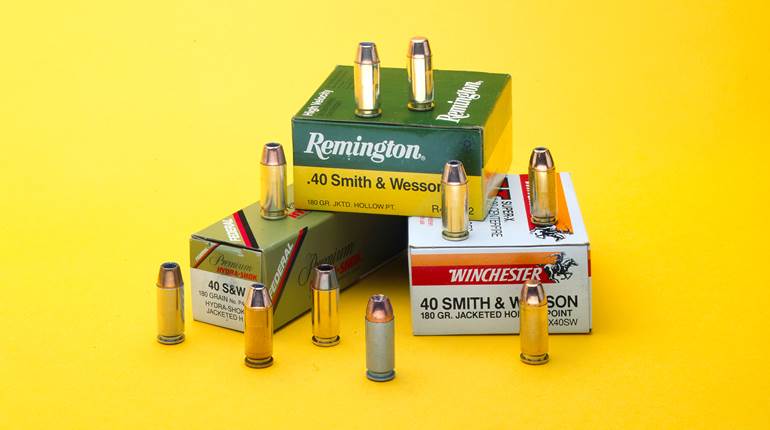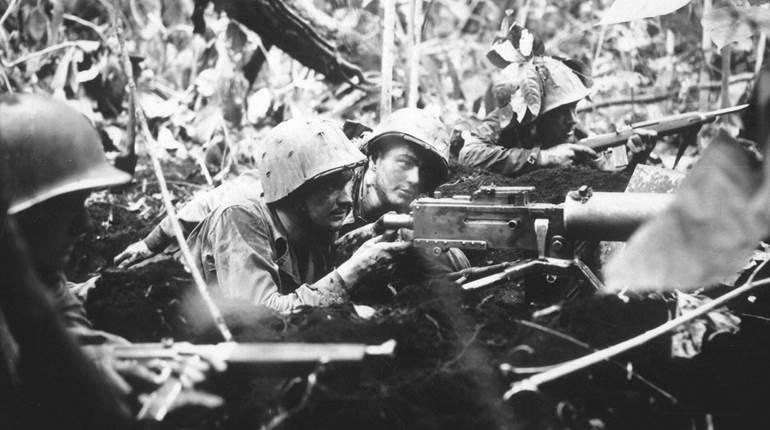
The Baughman front sight was created on special order for a senior agent and firearms expert for the FBI. Frank Baughman was well-known in the Bureau as a close confidant of J. Edgar Hoover in the tumultuous time before World War II.
It was in this time that Smith & Wesson introduced the legendary Registered Magnum revolver, along with the new .357 Mag. cartridge. Baughman must have had some practical experience with combat shooting, training and equipment, because nothing makes as much sense as the ramp front sight that bears his name. He asked the S&W factory to build his registered Magnum with this new feature. Essentially, the sight is a long, rearward-sloping ramp that presents a square post when viewed from the rear. Its advantage is in the slick way that the gun may be holstered and drawn. There is no sharp edge or corner to catch on flexible leather when the shooter executes a fast draw.
Smith & Wesson liked the idea well enough that they used it on hundreds of thousands of K- and N-frame revolvers, as well as on some adjustable-sight J frames. And when the L frames made their appearance, the trusty Baughman was right there. I consulted with a known authority on S&Ws on this next point and we pretty much agree. It is not widely appreciated, but the Baughman ramp was the first ramp-type front sight to be used on a production revolver, and it is still in use today.






































